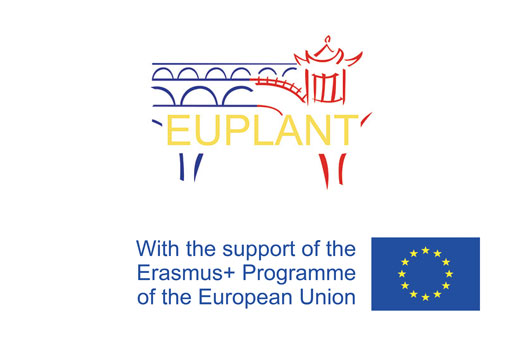Competition Policy Fit for Digital Sovereignty
The term digital sovereignty is increasingly popular, especially within the institutions of the European Union (‘EU’) and with its Member States. Despite lacking a clear, unambiguous definition, digital sovereignty can be seen, with reference to the way in which it is used by the EU institutions and interpreted by scholarship, as a concept centred around the ideas of control, autonomy and the ability to influence others, which spans across three dimensions: (1) at state level; (2) between states and non-state actors, in particular tech companies; and (3) at the level of the individual through self-determination in the digital age.

By Alexandru Circiumaru
Research Assistant, Jean Monnet Network on ‘EU-China Legal and Judicial Cooperation’ (EUPLANT), Queen Mary University of London
As the digital revolution is led primarily by non-state actors, in particular Big Tech, which through their work reinvent aspects of the world, setting new standards - their own - in the process, the second dimension of digital sovereignty is the most important to address. That is also because the behaviour of Big Tech has repeatedly tested the current limits of the law and because of the influence of this dimension on the other two. To be precise, the power of tech companies is relevant also for the first dimension, with the debate about regulating tech giants having an influence on the dynamics of the relations between actors such as the EU, China and the US, and on the third dimension, which seeks to set a balance between it and the individual freedoms and liberties to be protected in the new digital age that it creates.
Competition policy has been at the forefront of the attempts to address the behaviour of Big Tech, not only in the EU but also in the United Kingdom and, more recently, the United States. Using competition law to address the behaviour of Big Tech is nothing new, the decisions of the European Commission against Google from a few years ago being well known, especially for the levels of the fines imposed. What is different now, however, is the context in which these decisions are made, their scope, and arguably the reasoning behind them.
The attempts to use competition law to set standards and limits for the way in which tech companies can behave has shown the limitations of the current frameworks and raised questions about what exactly ‘competition law fit for the digital age’ should be. One significant example of extending the limits of competition policy is the decision of the Bundeskartellamt against Facebook, where it was alleged that the tech giant abused its dominant position through its data practices, in particular combining users’ data collected from multiple sources without prior consent. The decision was eventually upheld by the Federal Supreme Court, which went into some detail in considering the interplay between competition law and data protection. However, on remand, the first instance Court decided to refer the case for a preliminary ruling. The decision of the Court of Justice of the European Union will have a significant impact on shaping competition law for the digital age.
The prohibition to combine users’ data is now a core provision of the Digital Markets Act (‘DMA’) proposal, which has the declared goal of ensuring fair and open digital markets, thus ensuring that EU competition policy evolves to meet the challenges of the digital age. On the other hand, the Digital Services Act (‘DSA’) proposal, part of the same legislative package as the DMA, also targets the behaviour of tech companies, but from a different perspective. This legislative package highlights the two-pillar approach followed by the EU in addressing the behaviour of tech companies, resulting in the EU setting its own standards and gaining more control over its own digital governance, both core tenants of digital sovereignty. The first pillar, in this case embodied by the DSA, is anchored in public law, addressing issues such as content moderation. The second, on the other hand, is rooted into competition policy and goes to the heart of the business models of tech companies (or platforms). This approach can also be seen in the UK, where the first pillar is embodied by the Online Harms White Paper and the second by the introduction of the Digital Markets Unit.
Investigations into potentially anticompetitive behaviour of tech companies in the EU or the UK are not novel occurrences. The stakes are, however, different this time, as competition policy is forced to evolve to meet the challenges of the digital age and better address the power of these companies and its effects on the markets and ultimately on consumers. Moreover, given the increasing popularity of digital sovereignty, which the EU has not shied away from listing as a goal of its Digital Decade, competition policy could be used as a tool to achieve it, by imposing new limits on the way in which tech companies behave, therefore allowing the EU to gain more control over its governance of the digital age. Should competition policy be used in this way, it would become not only a tool to regulate markets but also a tool to regulate the way in which the future is shaped. The effects of such a change will, undoubtedly, be far-reaching.